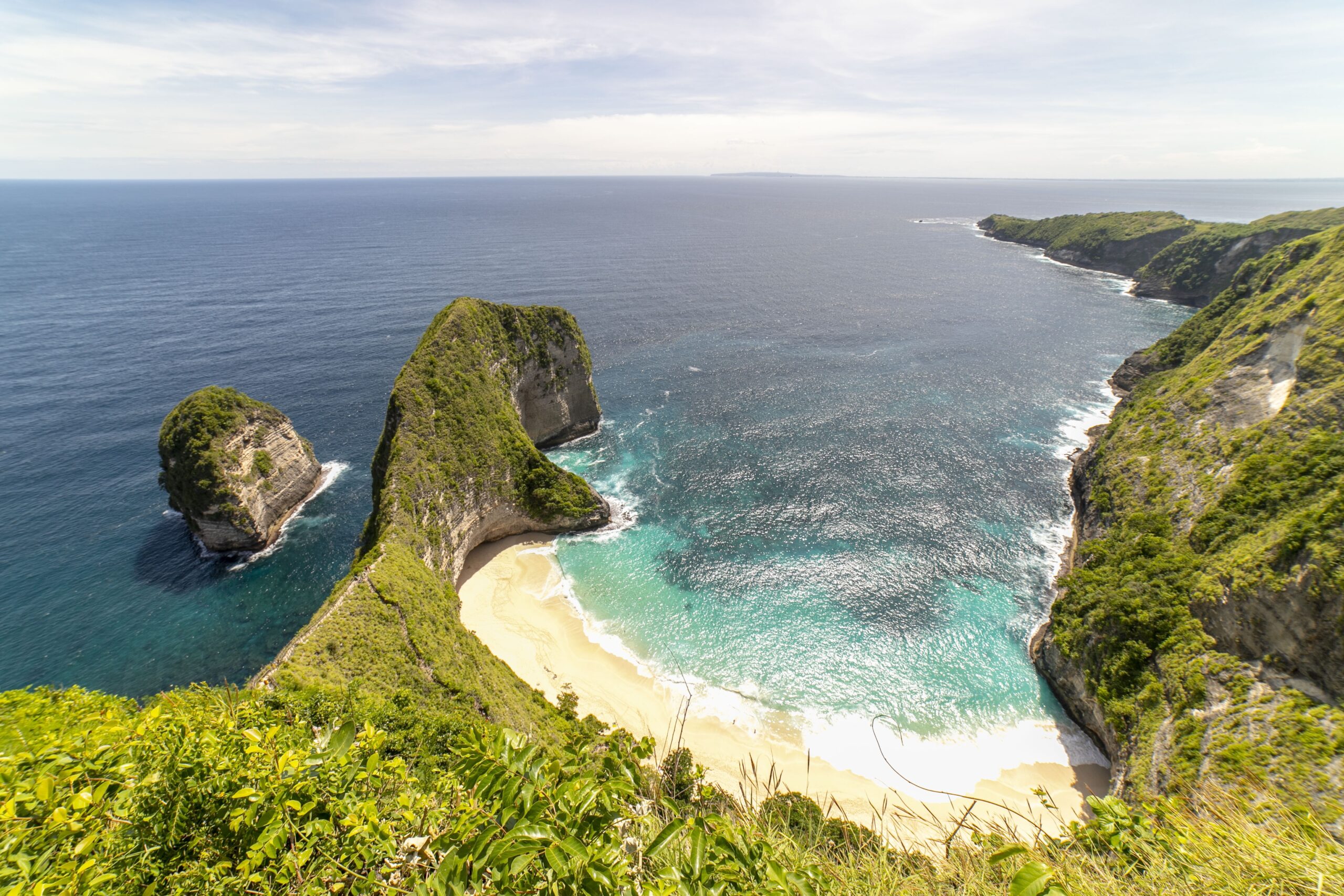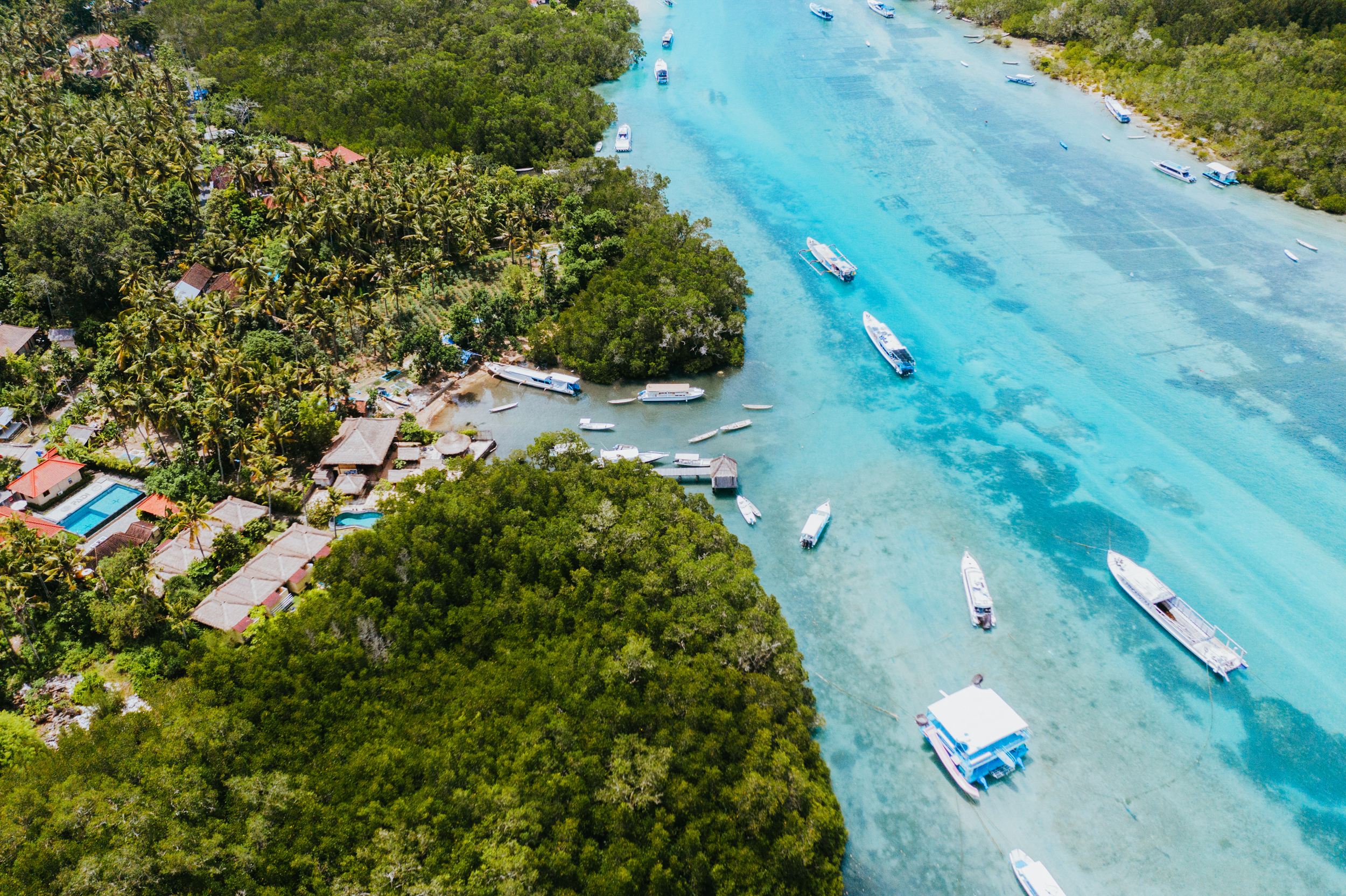As we venture to exotic, tropical destinations for our holiday, there is at least one thing that’s always on the packing list: sunscreen. Not unimportant when you consider the dangerous effects of too much sunlight on our skin. But did you know that your sunscreen can be damaging too?
As an eco-friendly PADI dive operator, we don’t allow the use of sunscreens that aren’t reef-safe during our ocean adventures. However, it’s very possible you weren’t even aware that sunscreens could be not “reef-safe”.
Can a little bit of sunscreen do that much damage to coral reefs? And how do you know if your sunscreen is reef-safe in the first place? Let’s look at some of the facts to help you out.
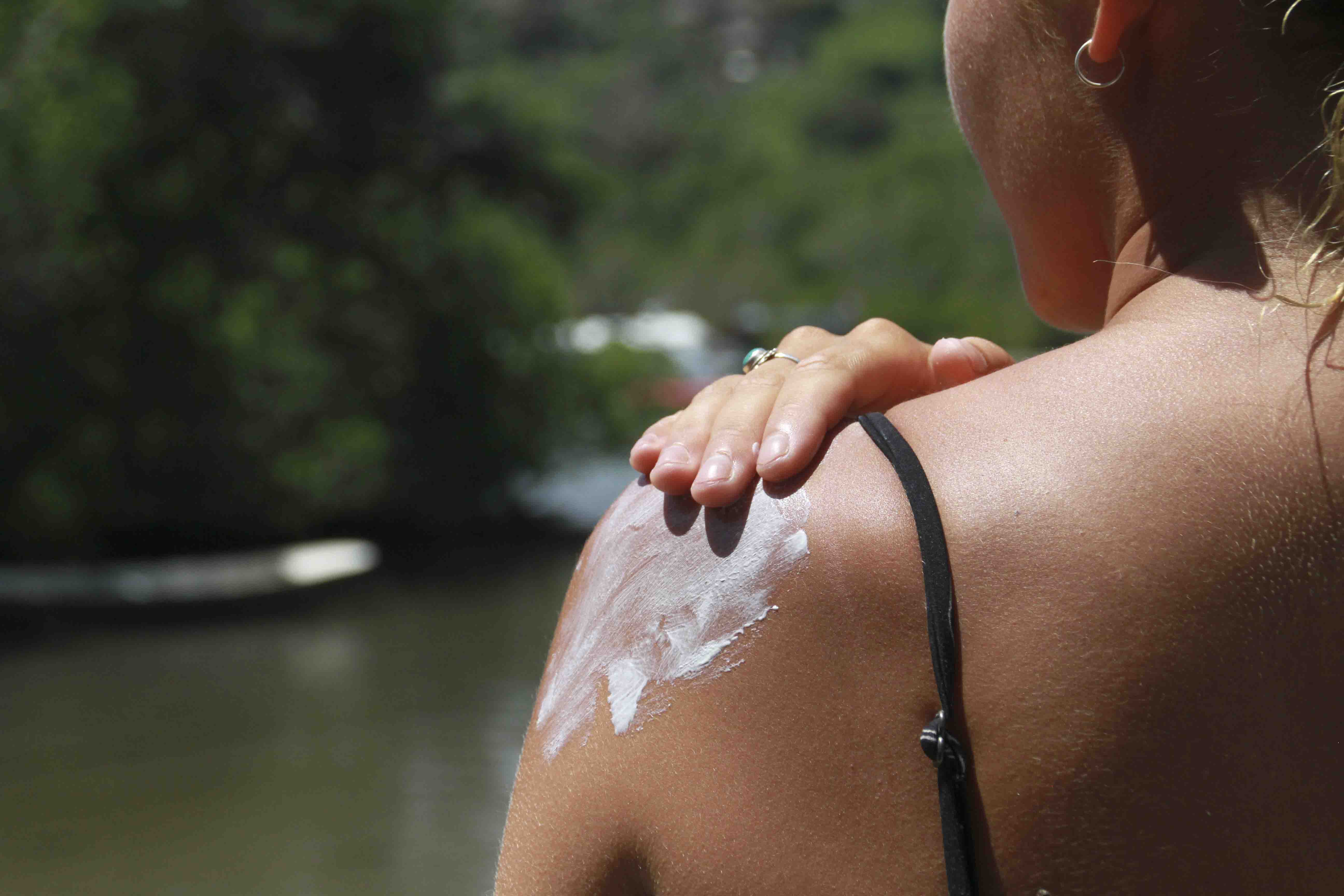
The effects of sunscreen on coral reefs
Try to Google what the effects of sunscreen on reefs are. You’ll mostly find the simple warning that it can kill coral and cause bleaching. Good to know, but this doesn’t answer the question what it does exactly. Hence, it leaves many people wondering if the problem is really that serious. The truth is a bit more complex. Unfortunately, the effects are more extensive as well.
Most sunscreens are composed of various chemical UV filters. Of these chemicals, oxybenzone is the one most researched. At least it has been identified as the main ingredient of concern. The effects of sunscreen on coral reefs can vary for different organisms. However, without going into too much detail, three main impacts can be distinguished.
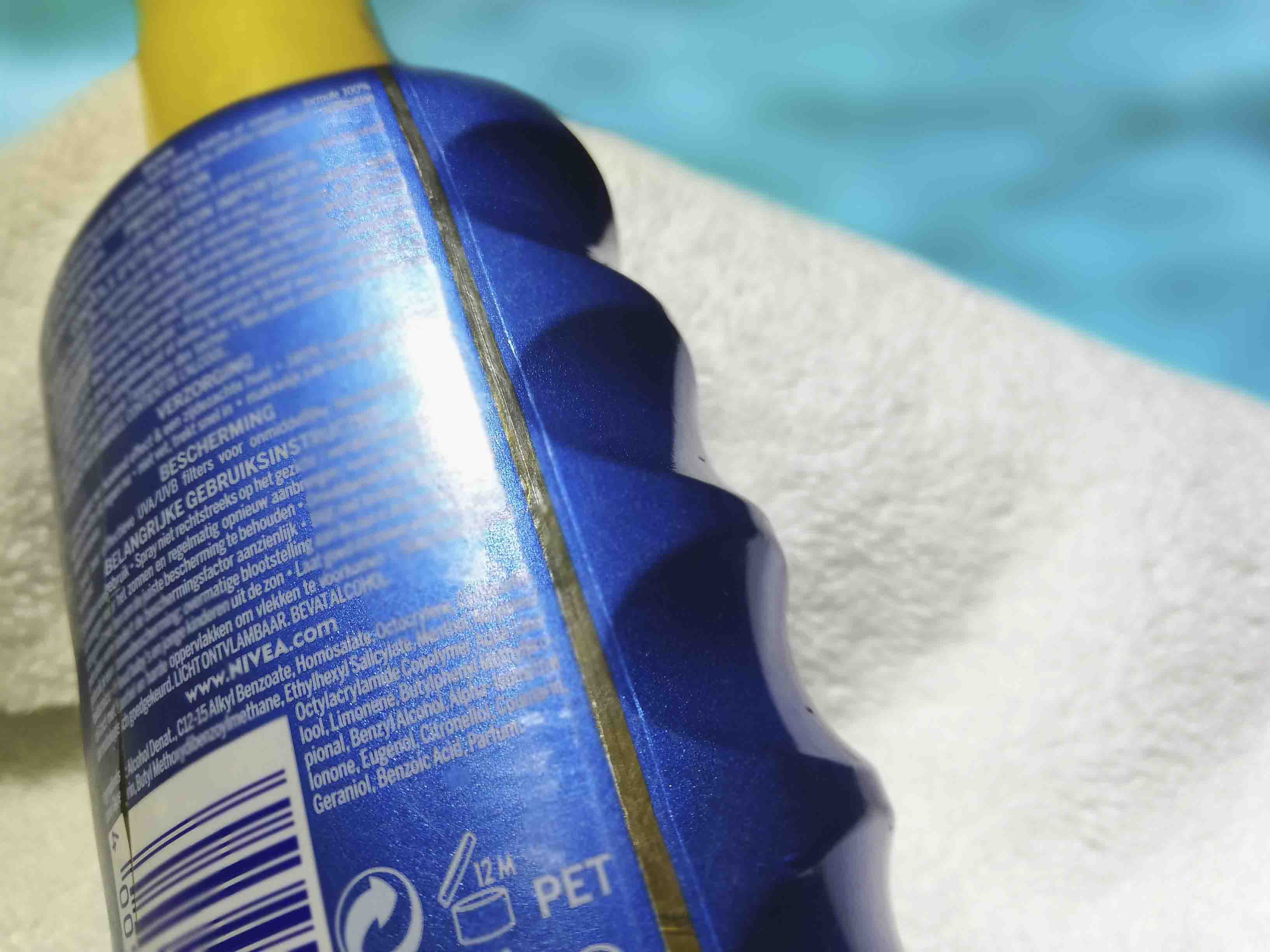
Coral bleaching
Corals consist of tiny polyps. The polyps take in food and excrete limestone. But they wouldn’t be able to do so without the help of so-called “zooxanthellae”. These are tiny, single-celled algae that live in the tissue of coral and provide the coral with food by photosynthesis. The zooxanthellae are also what gives the coral its colour.
Studies have shown that sunscreen ingredients can cause viral infections in these algae. This causes the algae to leave the coral, which is, in fact, coral bleaching. The coral thus loses its main food provider and will eventually die if it doesn’t have the chance to recover.
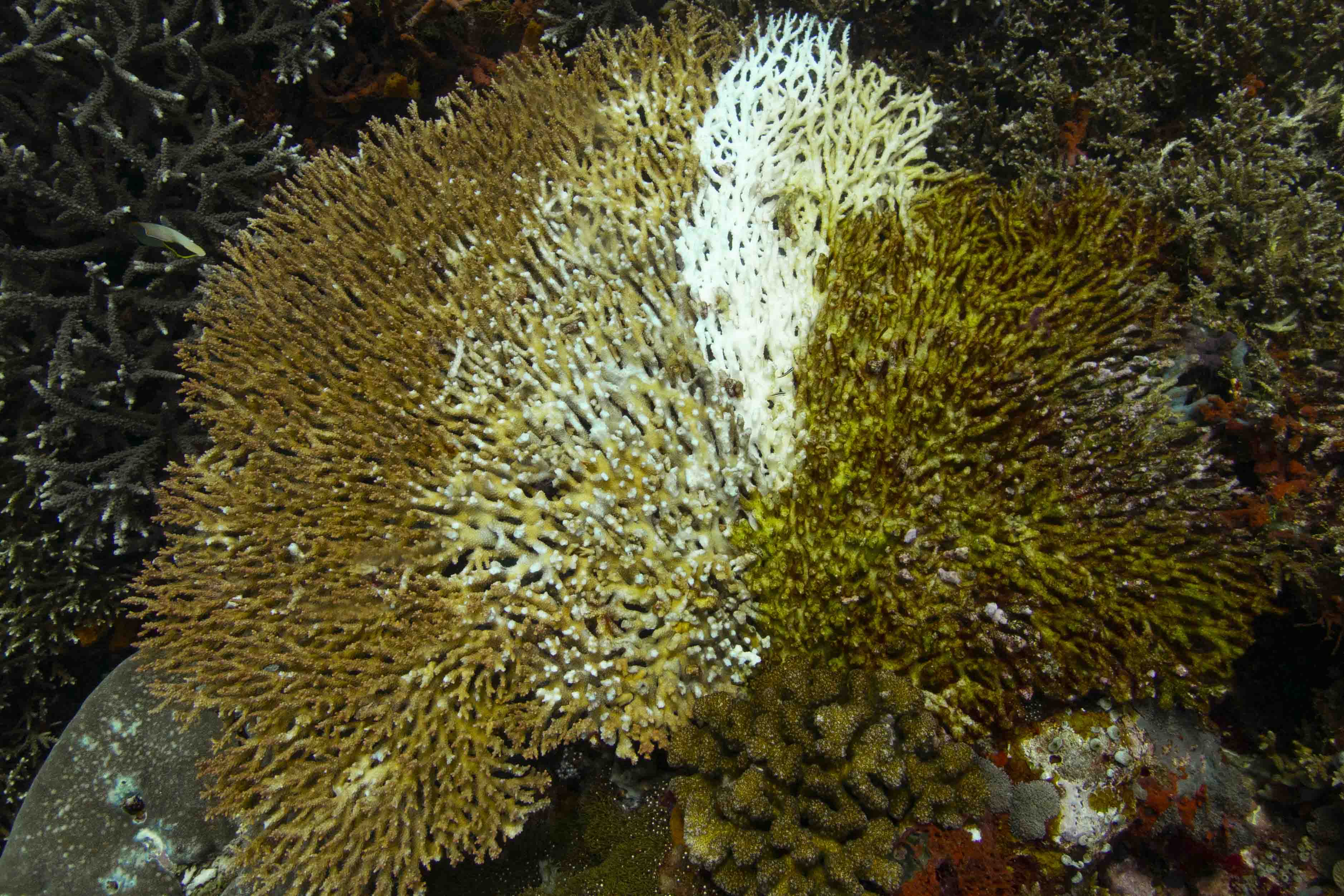
Damage to coral larvae and coral DNA
Just when you thought damage to existing coral was a problem, it turns out that sunscreen also has an effect on the development of new ones.
Oxybenzone also has been shown to disrupt normal development in coral larvae. For one, it has been shown to induce bone development. This captures the larvae in their own skeleton. Subsequently, it becomes harder if not impossible for larvae to settle down and develop properly.
Last but not least, the same substance has also been shown to damage coral DNA. Among others, this can make the coral more prone to diseases and reduce a coral’s lifespan.
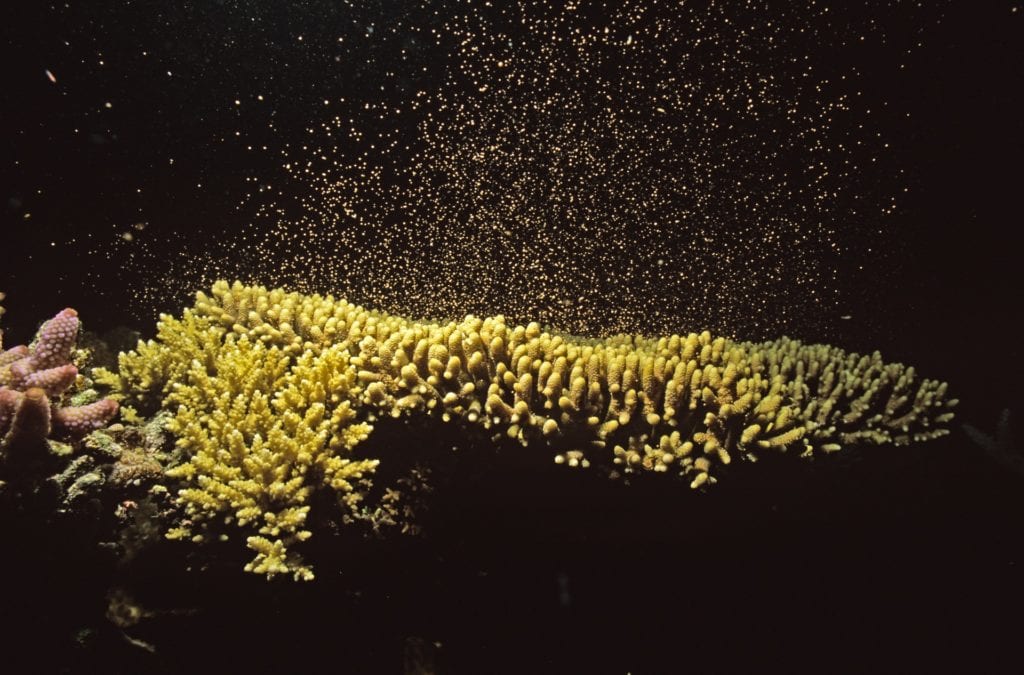
What sunscreen ingredients to check for
As oxybenzone is used in most commercial sunscreens, it seems hard to avoid. It becomes even more complicated when you realize this is isn’t the only substance that can do damage to coral reefs. In fact, there’s a whole list of these ‘organic UV-filters’ (meaning it’s a carbon-containing compound) that you should avoid if you want to save the reef.
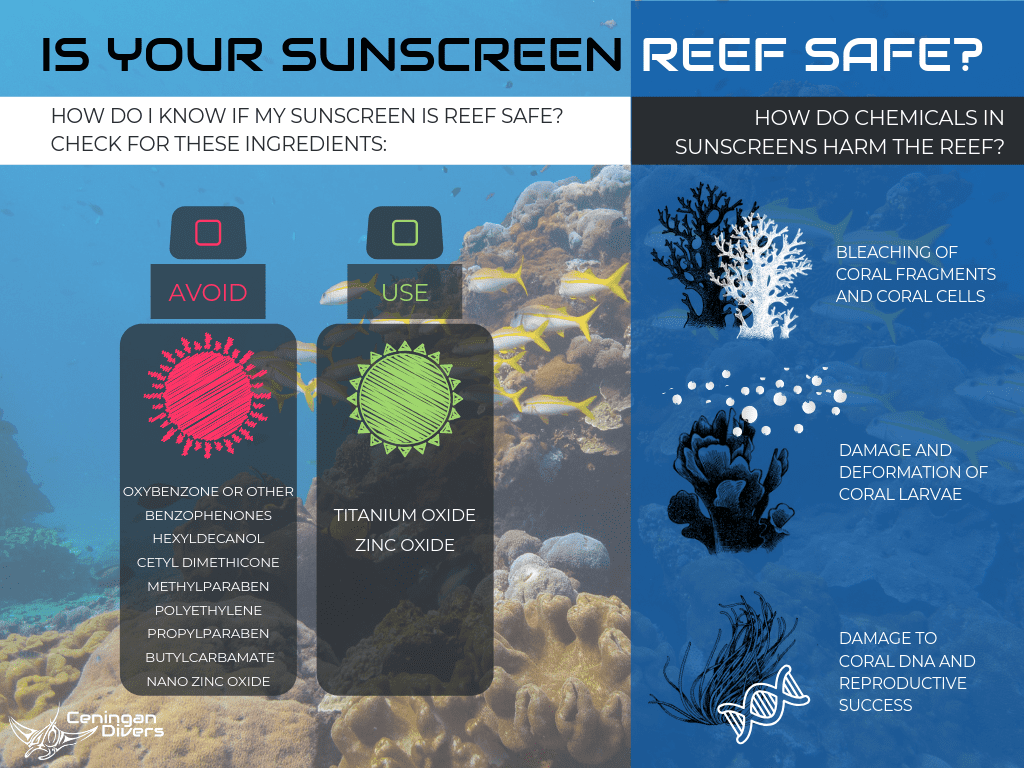
Use sunscreen with zinc oxide or titanium oxide.
The easier way is to search for a sunscreen that’s based on zinc or titanium dioxide. So far, these compounds have not been shown to do any damage to coral. Be careful, however, that these ingredients don’t have the prefix ‘nano’. Some research suggests these nano-particles can have negative effects too. We’d rather be safe than sorry when it comes to our precious reefs, so consider it best to avoid them.
It’s not just a drop in the ocean
Debates have been going on whether the amount of sunscreen that ends up in the ocean is serious enough to affect coral reefs. Those questions arise since many of the research done on this topic has been conducted in controlled or cultured coral environments.
Estimates on sunscreen washing off and ending up in coral reefs range from about 4.000 ton to 14.000 ton each year. But considering the immense body of water it ends up in, is this really going to be a problem?
Even very small doses of sunscreen are enough to cause damage to coral though. Based on several studies The Guardian compares this to “about a drop in six-and-a-half Olympic swimming pools”. Considering the fact that the ocean is a bit bigger than that, sunscreen in the water might not be a problem everywhere. However, especially on near-shore reefs that see a lot of tourism, much higher concentrations have been found.
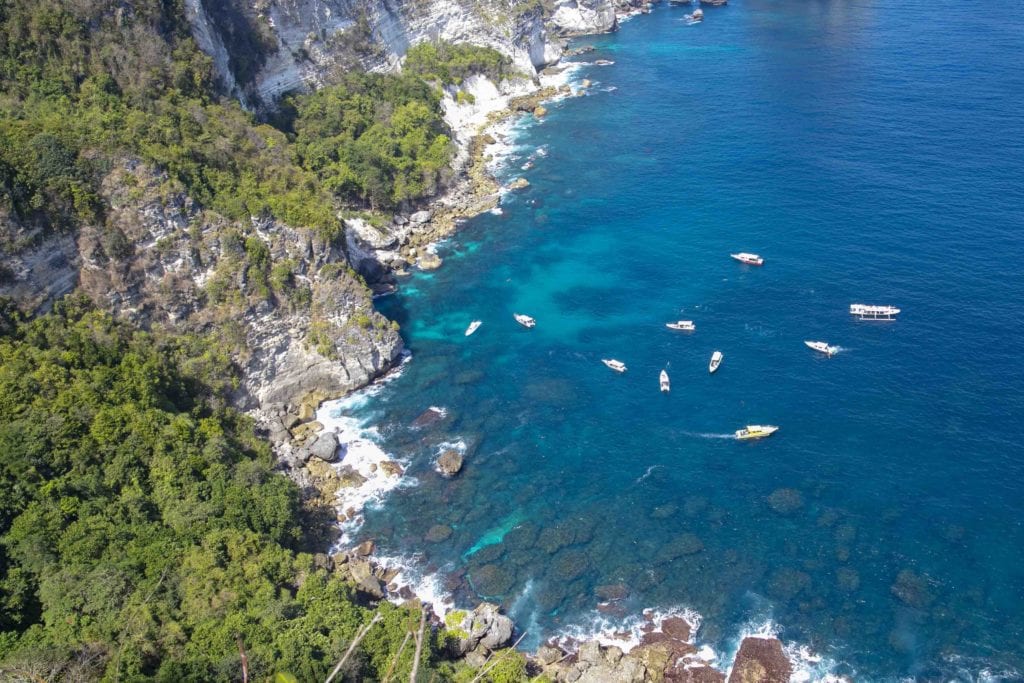
So the answer is yes. All in all, it is enough to damage coral reefs. Most importantly because you are not the only one diving or snorkelling there. It’s simply not one drop in the ocean anymore.
Alternative reef-safe sun protection: we’ve got you covered!
Luckily, as complex as this all may sound, there are simple alternatives! As mentioned before, sunscreens based on zinc or titanium oxide can be considered reef-safe. So check the sunscreen ingredients 0n that label before you jump in the water. In case you forgot, at Ceningan Resort we sell a reef-safe sunscreen that is made of illipe butter*. This substance is known for its natural protection against UV-rays.
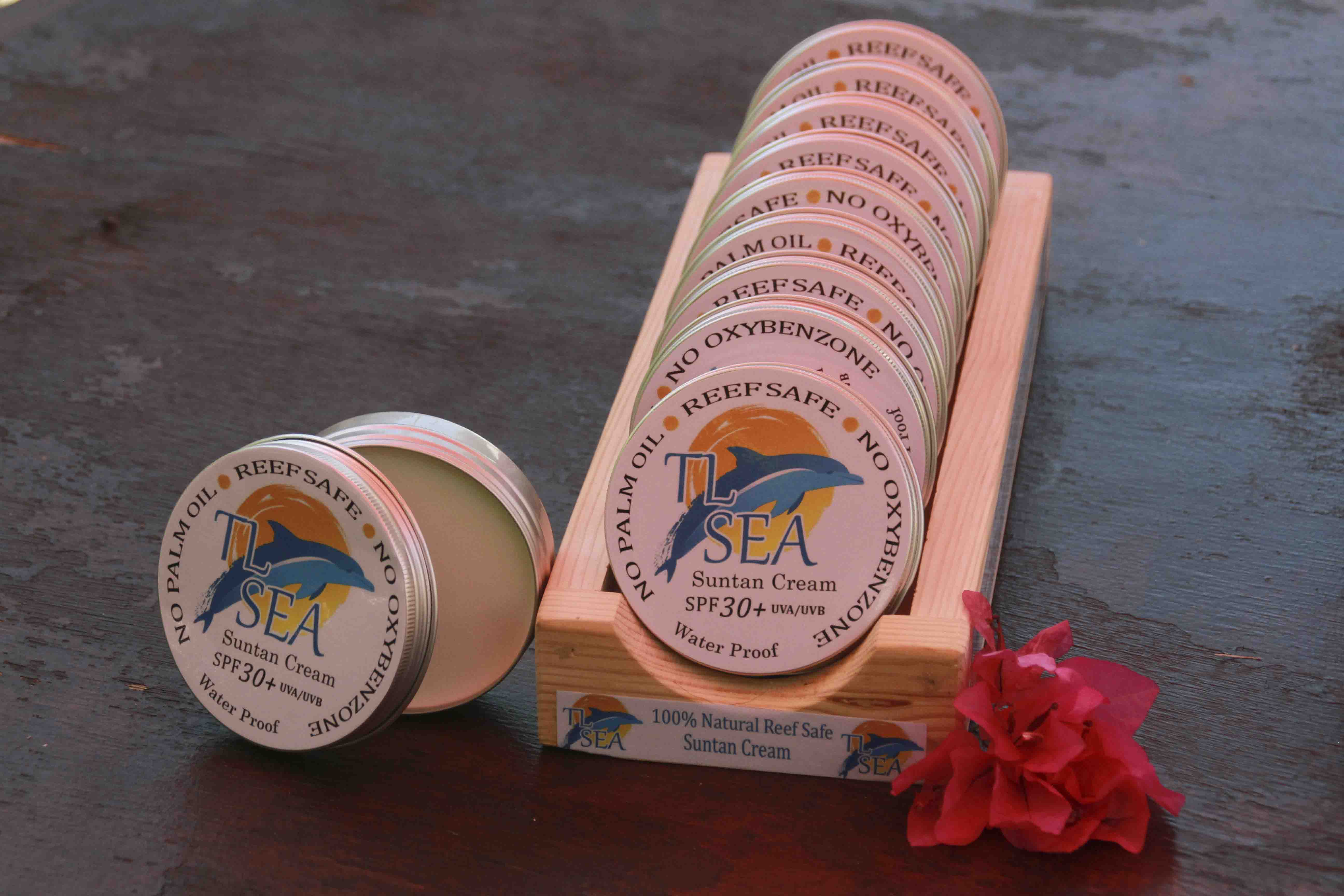
Don’t forget there are also many other ways to protect yourself from the sun. Be a trendsetter and wear a cap or a hat when out in the sun. And when snorkelling, use a rashguard for example. Cover yourself up with a towel or a sarong once you’re out of the water. It’s easy! And we’ve got you covered when you are diving with us!
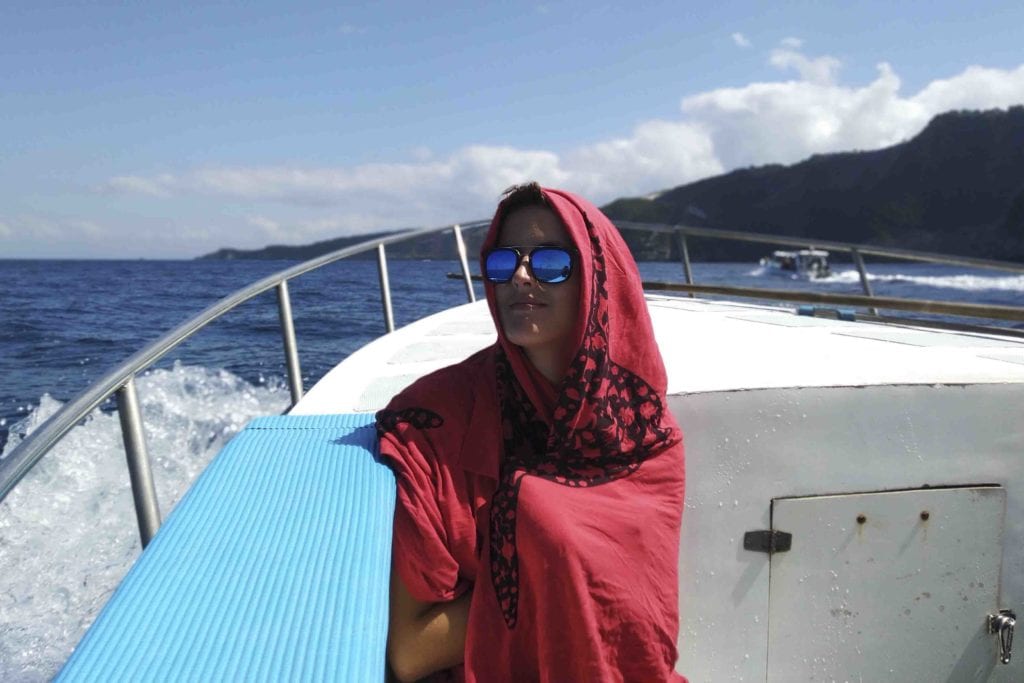
It’s not difficult to make responsible choices. With the right information and alternatives at hand, it only requires a change of habit. Next time you go on holiday, add the note “reef-safe” to your packing list. Help inform others and let’s make sure our beautiful coral reefs stay as magnificent as they are!
*The producer of our reef-safe sunscreen TL Sea will switch to a zinc oxide based sunscreen in the near future. Same package, still reef-safe!

